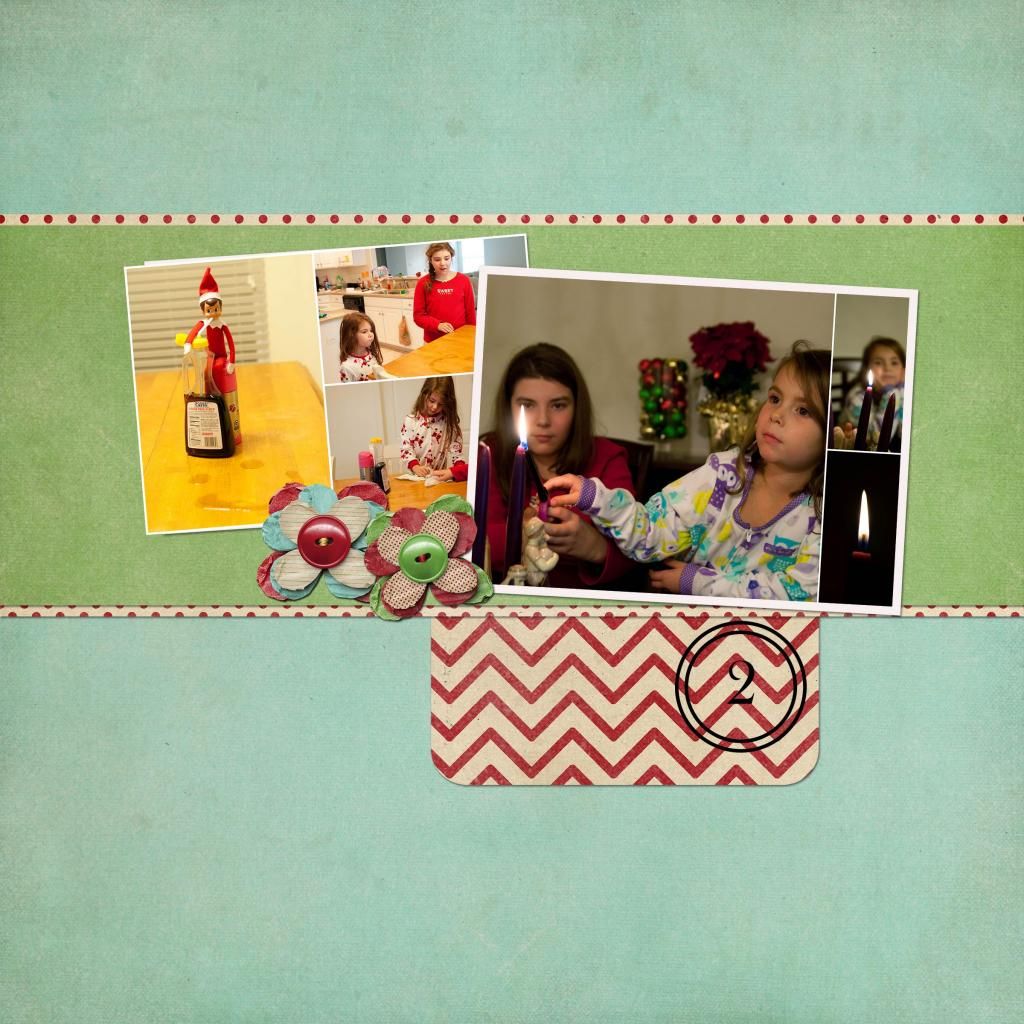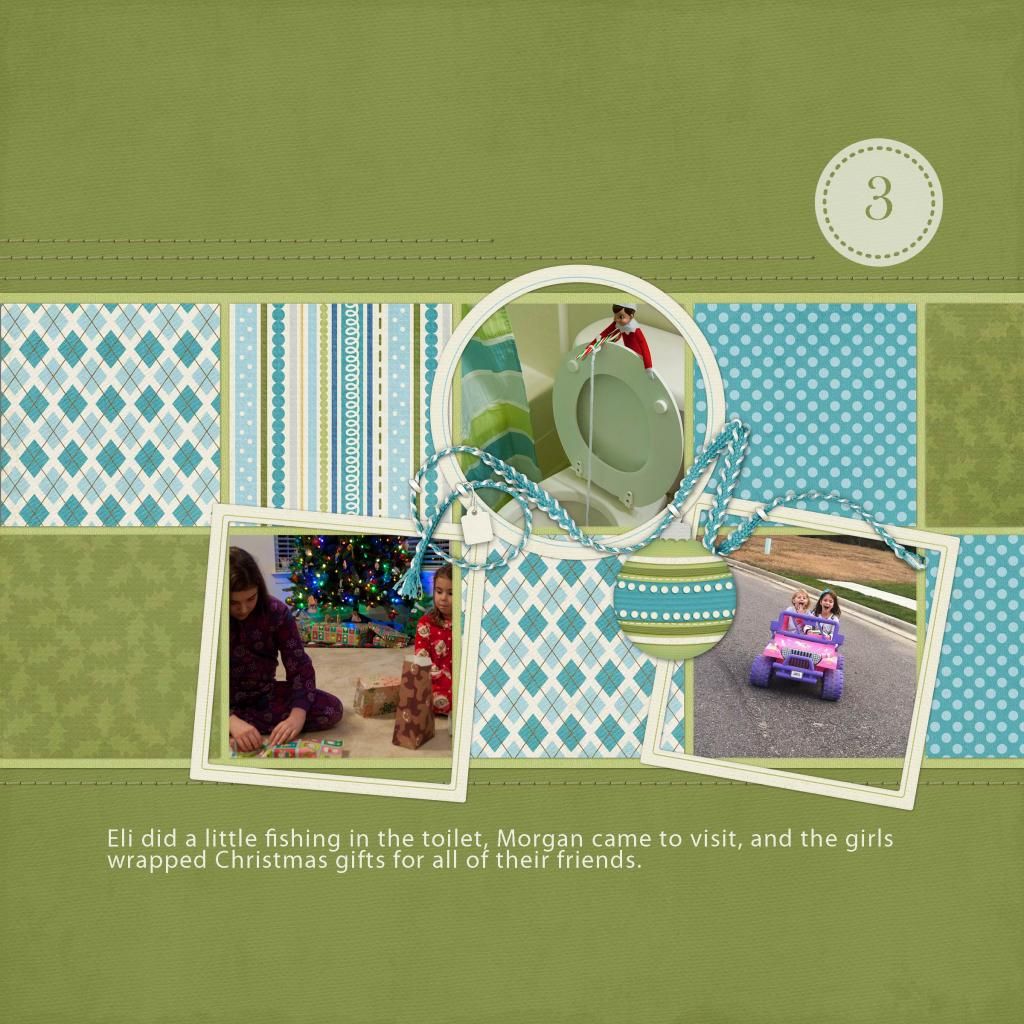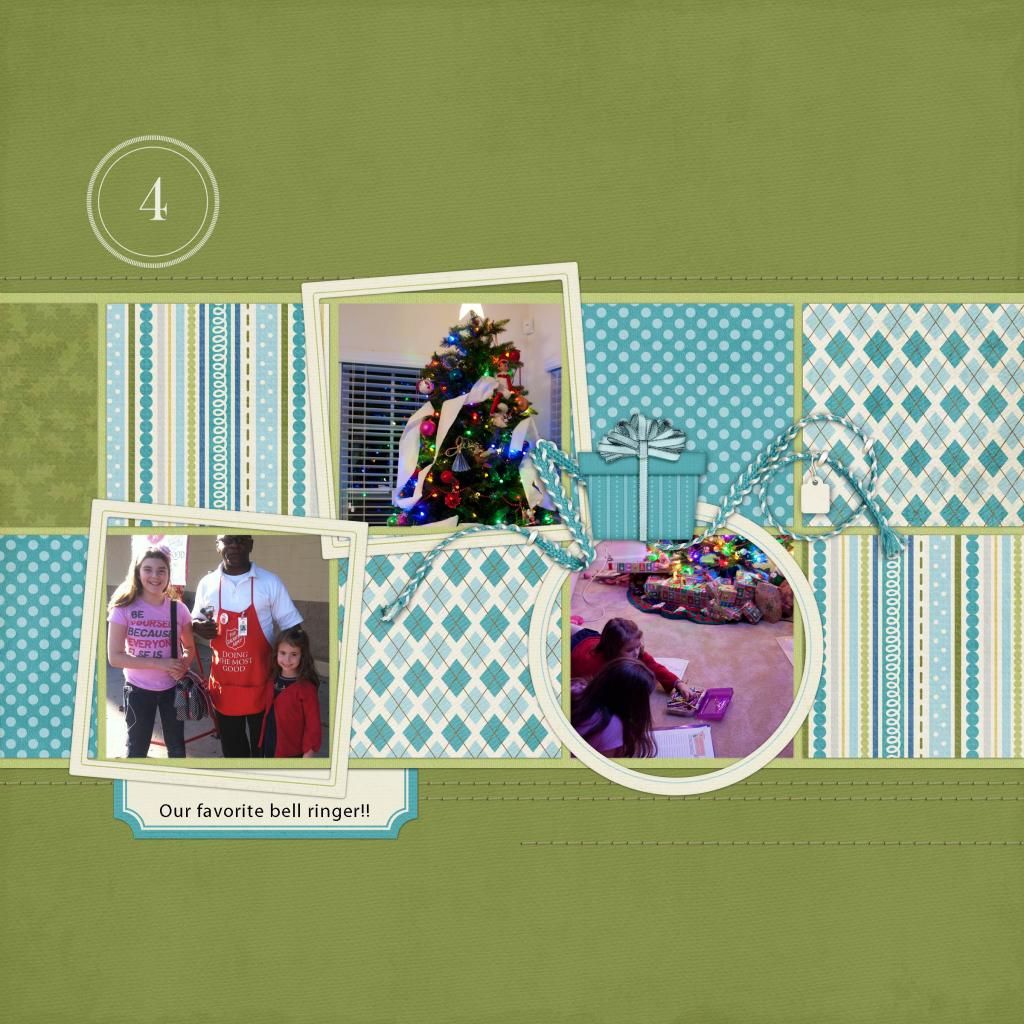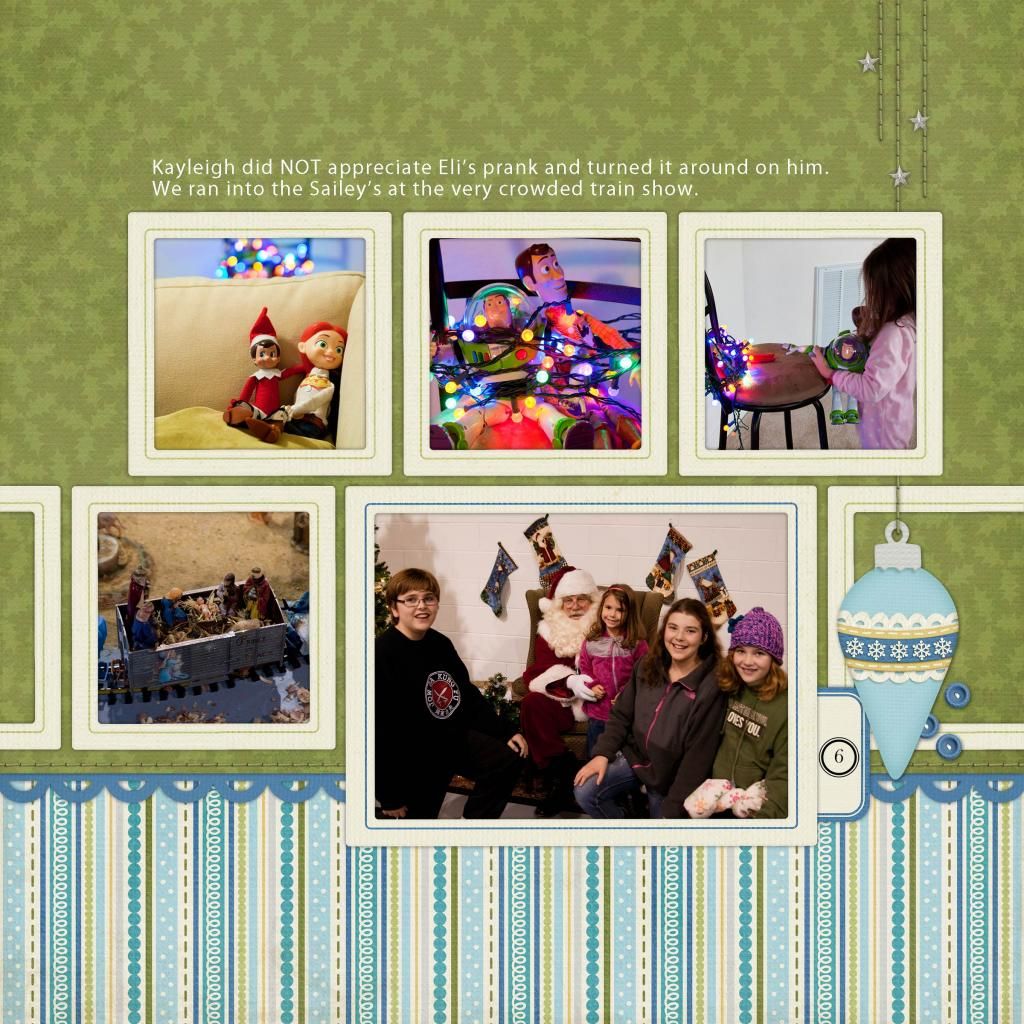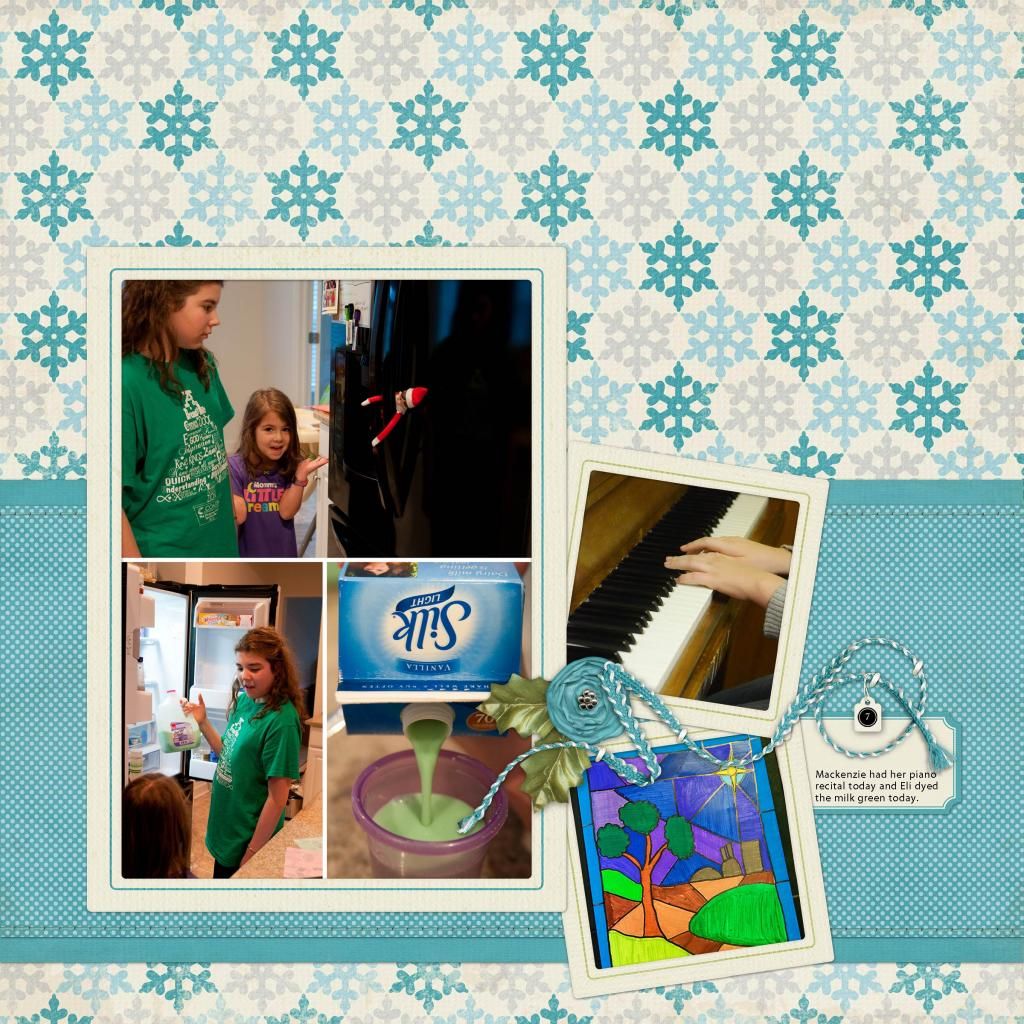If there is such a thing in diabetes? Or life in general?
With two kids with Type 1 diabetes, I've learned one thing for certain, the T1P (type 1 parents) phrase "YDMV" (your diabetes may very) is a true story. No kidding. There are very few similarities with my girls diabetes, other than they both have it. They could eat the exact same thing and the results will be totally different.
Honestly, I've been so busy managing their diabetes (because the reality is you cannot control it) that there is little time for anything else. Which is why my blog has been so very quiet this month. Well with the help of Christmas preparations and such.
So what is the
New
Normal for our life with two type 1 diabetics??? Darned if I know. But here is a glimpse at some of the things that are consistent. Sort of.
Mountains of Supplies
I'm not kidding. We could almost open my own pharmacy with all the stuff now in my house. Good thing that we moved to a bigger house.
In our huge bathroom closet there is an entire shelf of extra supplies. It's a big shelf and it's filled. Extra lancets, ketone strips, blood glucose strips, urine ketone strips, needles of various sizes, alcohols swabs, extra meters. I also have a plastic "bug out box" with quite a bit of supplies in case we need to leave in a hurry. I have to keep track of two meters and make sure that they don't get mixed up. They each have their own (different) lancing device. We call them prickers. We have tons of insulin in my fridge. And a kitchen cupboard filled with supplies that we use daily. (Which we refill as needed from the massive hoard in the bathroom.) We have red glucagon pens all over the house for emergency lows. Tons of 15 carb juice boxes for dealing with low numbers. How sad is it that they can't just have juice because they are thirsty? Only if they are low. The poor dears.

We even keep supplies in our bedroom. We have to check the kids in the middle of the night and sometimes they are low and need a sugar boost to keep them alive and kicking. So we have a stash of juice boxes and crackers to treat lows. Not to mention the glucagon for serious lows.
A large part of type 1 diabetes management revolves around carbohydrates. Carbohydrates help provide energy for the body and without insulin they will also raise your blood sugar to a dangerously high level. For those with a faulty pancreas, that makes carb counting of vital importance. If our kids eat it, we need to know how many carbs are in it so we can determine how much insulin we need to give them.
If you look in our pantry, almost everything is marked with a carb count. It makes my life easier because counting carbs is time consuming. Some things are packaged in single serving sizes and those are relatively easy to deal with. Generally they are already marked.
Other things are in bulk. That requires measuring cups, I have two sets, or a scale. The scale is way more accurate. We have a fancy one and it really helps us be more accurate with their carb counts. It's also a lot more time consuming. Figuring out their carbs for meals often leads to a cold dinner.
My time for cooking a meal from scratch has greatly increased. I have to weigh each ingredient to figure the carbs. I have to add them all up. I have to weigh the pan that I'm going to cook them in. Then weigh it again with the food in it. Then I subtract the pan weight from the ingredients. Now I can finally figure out how many carbs per ounce of food. Why? So that I can weigh it all out again when I portion out their food.
Sounds like fun right? But we can't give them insulin unless we know how many carbs they have eaten. And if they don't get the insulin they could get very sick and, well, die. That's the reality.
If we want to leave my house, we have a bag for that too. Meters, needles, syringes, test strips, insulin, glucagon pen, stuff to treat lows, and sustaining snacks all have to go wherever we go. It's like having a diaper bag again.
Holy Record Keeping Batman
Now that I figured out all the carbs I have to write it all down. Why? Well for one, it helps me spot trends. Two, it helps me communicate with the doctor.
What do I write down? Everything. I write down every one of their blood glucose levels. I check that at least 4 times a day. Usually more, especially for Kayleigh, who tends to go low. I write down the amount of carbs they have for each meal and the amount of insulin I gave them to cover the carbs. I write down everything that they eat. I write down where I give them their injections. You have to rotate sites on the body so that each site gets a 3-day break. Otherwise they could develop scar tissue.
I have all of their stuff color-coded so that it's a little easier to not mix up their paperwork. I decided that reading in our sleep-deprived state was too hard and colors would be easier. lol
I write down when stuff expires and when I need to order refills. I have written down a whole lot of phone numbers for our diabetes care team. We have a list of all our our prescription numbers for each child. It's a long list.
Math... Lots and Lots of Math
TIPs are often exhausted. I'm not entirely certain that it's because of the interrupted sleep required to check blood sugars at night. It might be because there is a lot of numbers and math involved. Math is exhausting. I hate math. And diabetes. And I don't really like numbers much anymore either.
Of course there is the math involved in prepping the food. There's also a lot of math involved in figuring out their insulin. And it's different math for each child. Because they each have different carb ratios. A carb ratio tells me how many units of insulin they get for a set amount of carbs. And not only are they different for each child, each child can have more than one carb ratio. Like the ratio for each meal can be different.
For example...
Mackenzie has two different ratios. At breakfast she gets one unit of insulin for every 12 grams of carbs she eats. It's one to 13 for the rest of the day.
Kayleigh also has two different ratios. She is 1:45 at breakfast and 1:50 for the rest of the day.
And these numbers are not set in stone. They can, and will, change often.
So lets say Mackenzie ate 62 carbs at breakfast.
I would divide the 62 by 12. Giving me 5.2 . Which one could assume meant she'd get 5 units of insulin.
Uh, maybe. It really depends on what her blood sugar was. We check that before they eat every meal. And if it's higher than their "target" number, I have more math to do.
Mackenzie's target is 120. It's just a dream number that her endocrinologist would like her to be at all the time. (Which he knows won't happen.) So if she wakes up and is 256, I would then subtract 120 from 256. Which is 136. Then I take the 136 and divide that by her correction factor which is 80. I have no idea how the doctor decides that number but he said it's 80 and I believe him.
So when I divide 136 by 80, I get 1.7 . I will then add that 1.7 to the 5.2 from her food. Which gives me 6.9 units of insulin that I will round up to 7. And so she will get 7 units to cover her 62 grams of carbs and the blood sugar that was 136 over her target.
Then I do it all over again for Kayleigh. Except Kayleigh is almost always low which opens up a totally different can of worms. Some nights it can take us an hour to get her numbers high enough to put her to bed. Totally different.
Because diabetes is never the same for anyone. And it can change for the same person from day to day. The carb ratio that works this week might not be the one that works next week. Anything can cause a change in what works. A growth spurt. Stress. Hormones. A change in sleep patterns. It's just a never-ending educated guessing game.
So to Sum Up the New Normal
Be prepared because anything goes in the unpredictable world of diabetes.

Linking up to
Blogging Through the Alphabet,
Weekly Wrap-Up,
Photo College Friday


 3) Texting, I love it. Not only can conversations with more than one of my besties at the same time, I can't be accused of not having said something because I have it in print. Ha!! (Of course, sometimes that works to my disadvantage too. lol) Plus I can send pictures. And my throat doesn't get sore from too much talking. I need to save my voice for all of the reading I do in my homeschool. We are Sonlighters you know.
3) Texting, I love it. Not only can conversations with more than one of my besties at the same time, I can't be accused of not having said something because I have it in print. Ha!! (Of course, sometimes that works to my disadvantage too. lol) Plus I can send pictures. And my throat doesn't get sore from too much talking. I need to save my voice for all of the reading I do in my homeschool. We are Sonlighters you know.











